TQ E-Bike Motors - The Lightweight Powerhouse
TQ HPR50 vs HPR60 – What You Should Know
TQ’s “HPR” series is all about light, quiet, natural-feeling e-MTB assist. If you're considering an e-bike with a motor that doesn’t feel like a motor, you’ll want to understand how the HPR50 and the newer HPR60 differ—and which might suit your ride style best.
HPR50 – Sleek, Lightweight & Subtle Support
TQ’s HPR50 motor delivers a very balanced ride: enough boost to help on climbs, but still subtle enough that you feel like you’re still riding a proper mountain bike. It emphasizes efficiency, compactness, and ride feel over raw power.
-
Torque & Power: ~50 Nm torque, 300 W peak output
-
Battery Options: 360 - 580 Wh main battery; there’s also a 160 Wh range-extender for longer rides
-
Weight / Integration: Motor weighs about 1.85 kg; system is cleanly integrated in frames; looks & rides closer to non-eMTB designs
-
Who benefits?
Riders who value light-assist, want to maintain a natural ride but still need help on climbs or occasional steep terrain. Great for mixed terrain, fitness rides, trail descent enjoyment, and when weight matters (i.e. carrying or trail hikes).
HPR60 – More Power, Same Philosophy
The HPR60 takes everything good in HPR50 and pushes it a bit further. More torque, more battery options, slightly more weight—but still retains that discreet, smooth ride feel. If you found HPR50 just a little underpowered in tougher terrain, HPR60 is probably your upgrade.
-
Torque & Power: Up to ~60 Nm torque, ~350 W peak power output
-
Battery Options: Now you get 3 internal battery sizes: ~290 Wh, ~360 Wh, ~580 Wh; plus the same 160 Wh range extender remains an option.
-
Weight / Integration: Motor is slightly heavier (~1.92 kg) than HPR50; new cooling fins added; battery weights scale up with capacity (the larger battery being noticeably heavier); still well integrated in modern frame designs.
-
Who benefits?
Riders who want more climbing power, longer rides, steeper trails. If your rides often push the limits for HPR50 (long climbs, technical terrain, or you want more reserve), HPR60 gives that extra margin without going full “high-torque” mode.
Controllers, Displays & Usability (Typical TQ Setup)
TQ are consistent here: both HPR50 and HPR60 share very similar control and user interface approaches.
-
Remote: Minimalist handlebar remote with a few buttons (assist mode, walk assist etc.)—no large bulky units cluttering up bars.
-
Display: Top-tube display (2-inch style) that shows essential info: battery %, support level, speed, sometimes rider + motor output. The newer HPR60 display has slightly clearer visual bars / improved UI.
-
App / Software: TQ App allows configuration of support modes, selecting assist curves or responsiveness. Good option for tuning.
-
Range Extender Option: The 160 Wh extender (bottle-cage style) works with both motors to give extra range—handy if you want flexibility.
TQ HPR50 vs HPR60 – Quick Comparison Chart
Here’s a summary chart so you can glance at the key differences:
| Spec | HPR50 | HPR60 |
|---|---|---|
| Max Torque | ~50 Nm | ~60 Nm |
| Peak Power | ≈ 300 W | ≈ 350 W |
| Battery Sizes | 360 / 580 Wh + 160 Wh extender | 290 / 360 / 580 Wh + 160 Wh extender |
| Motor Weight | ≈ 1.85 kg | ≈ 1.92 kg |
| Best For | Light-assist trails & mixed terrain; riders who want minimal weight | Steeper terrain, longer rides; those who need a bit more punch while keeping natural ride feel |
Which One Should You Pick?
If you ride mostly gentle to moderate trails, mixed terrain, or are weight-sensitive, the HPR50 gives you almost everything you need with elegance and efficiency.
If you regularly ride steeper climbs, carry gear, want more climbing reserve, or ride longer distances, the HPR60’s added torque and larger battery option will give you more comfort and range, while still staying relatively lightweight and discreet.
At All Ride Now, we have Trek e-bikes fitted with both HPR50 and HPR60 systems. Come in store near the South Downs to try both, or explore our selection online. We can help you decide which motor & battery setup matches your riding style best.
Love the idea of a natural ride feel? Learn how battery size and range extenders affect your e-bike adventures → Here
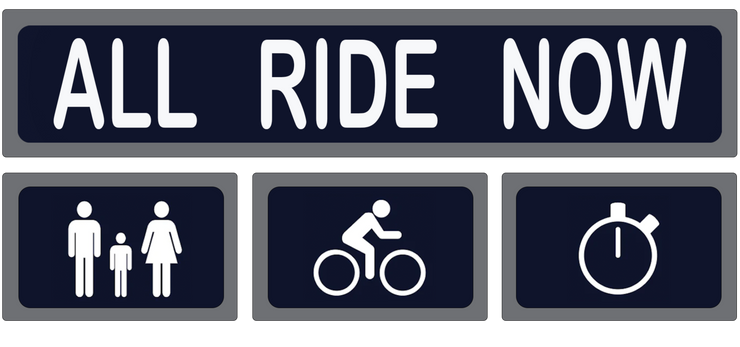
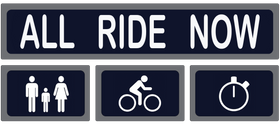
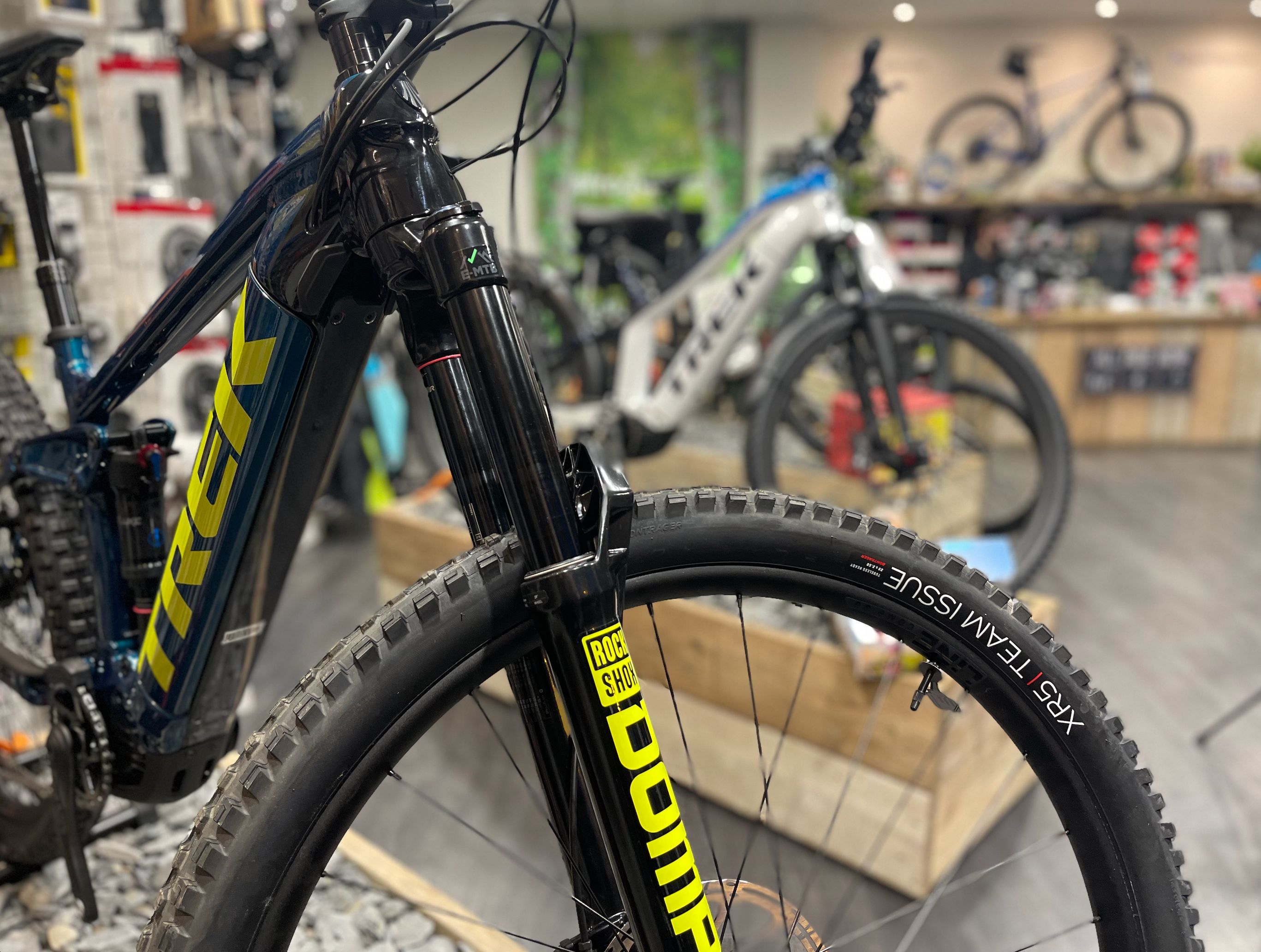
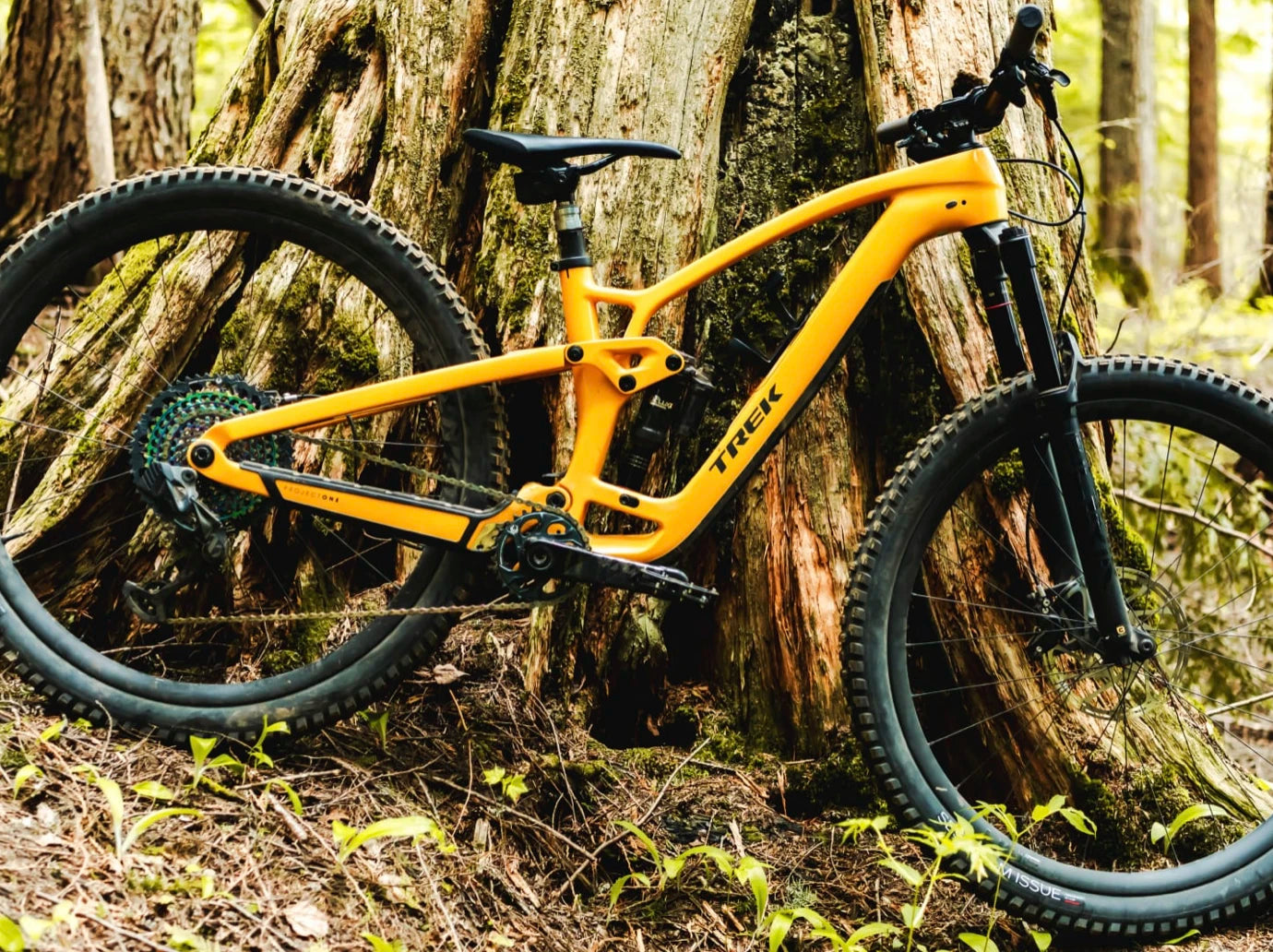
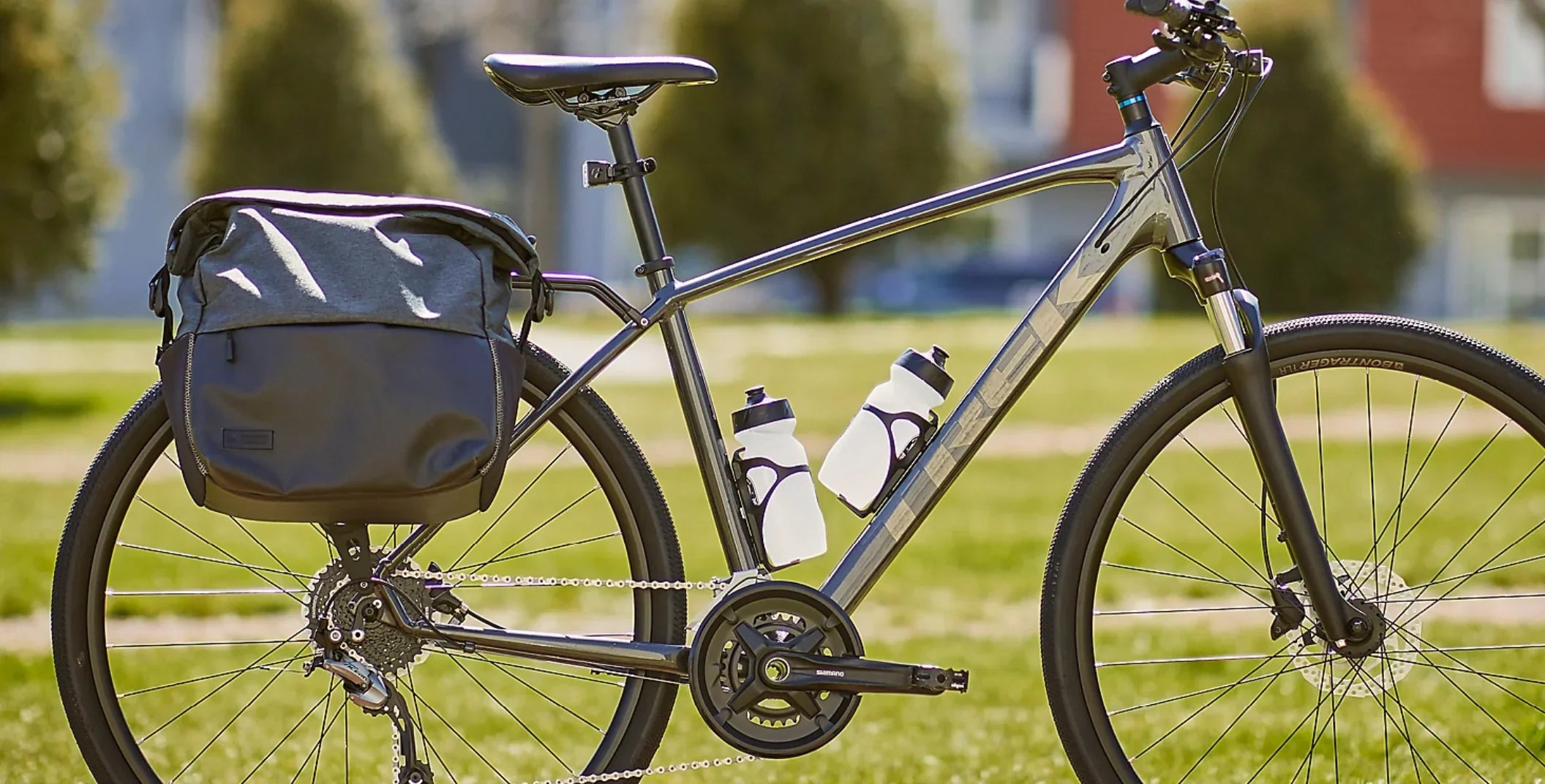
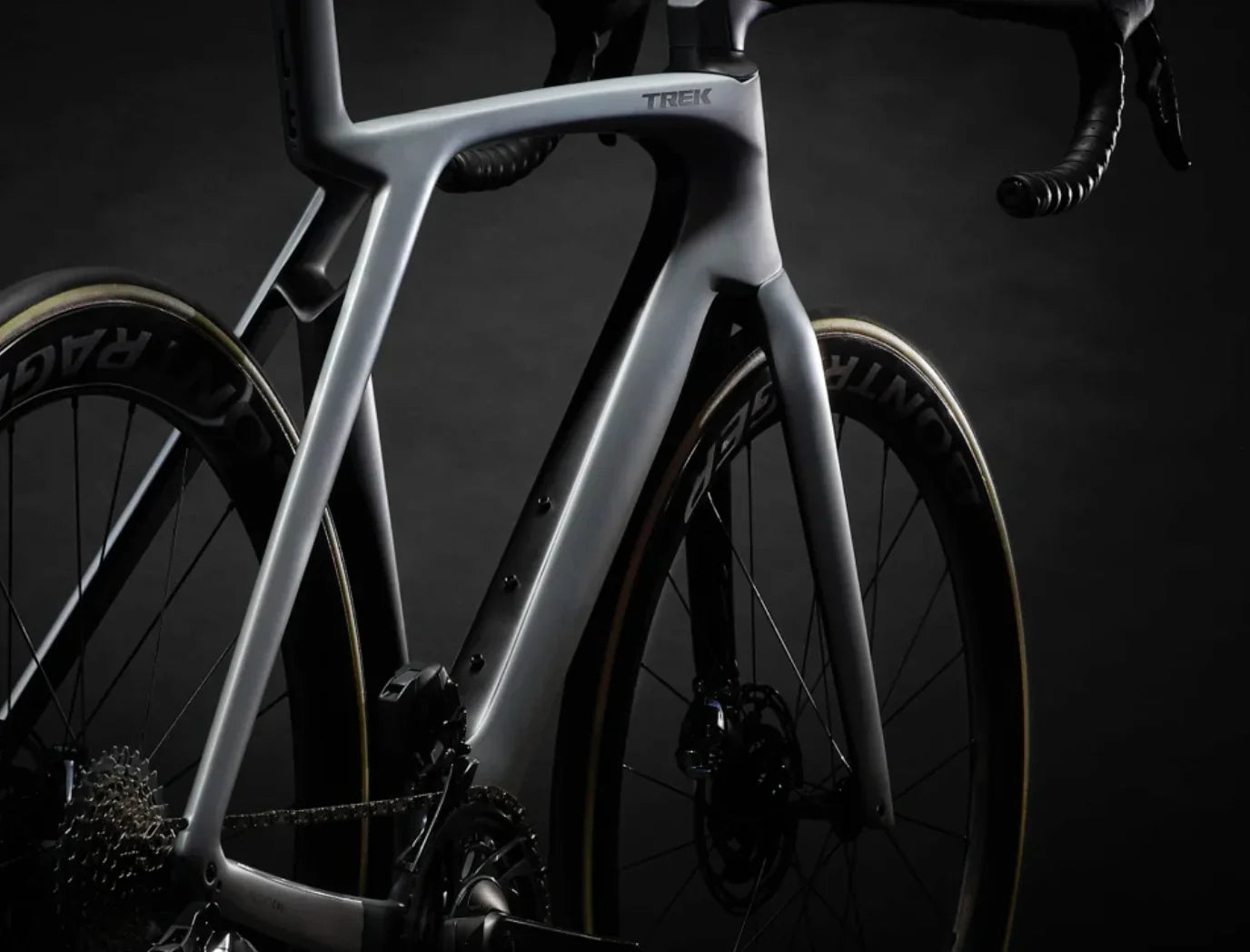
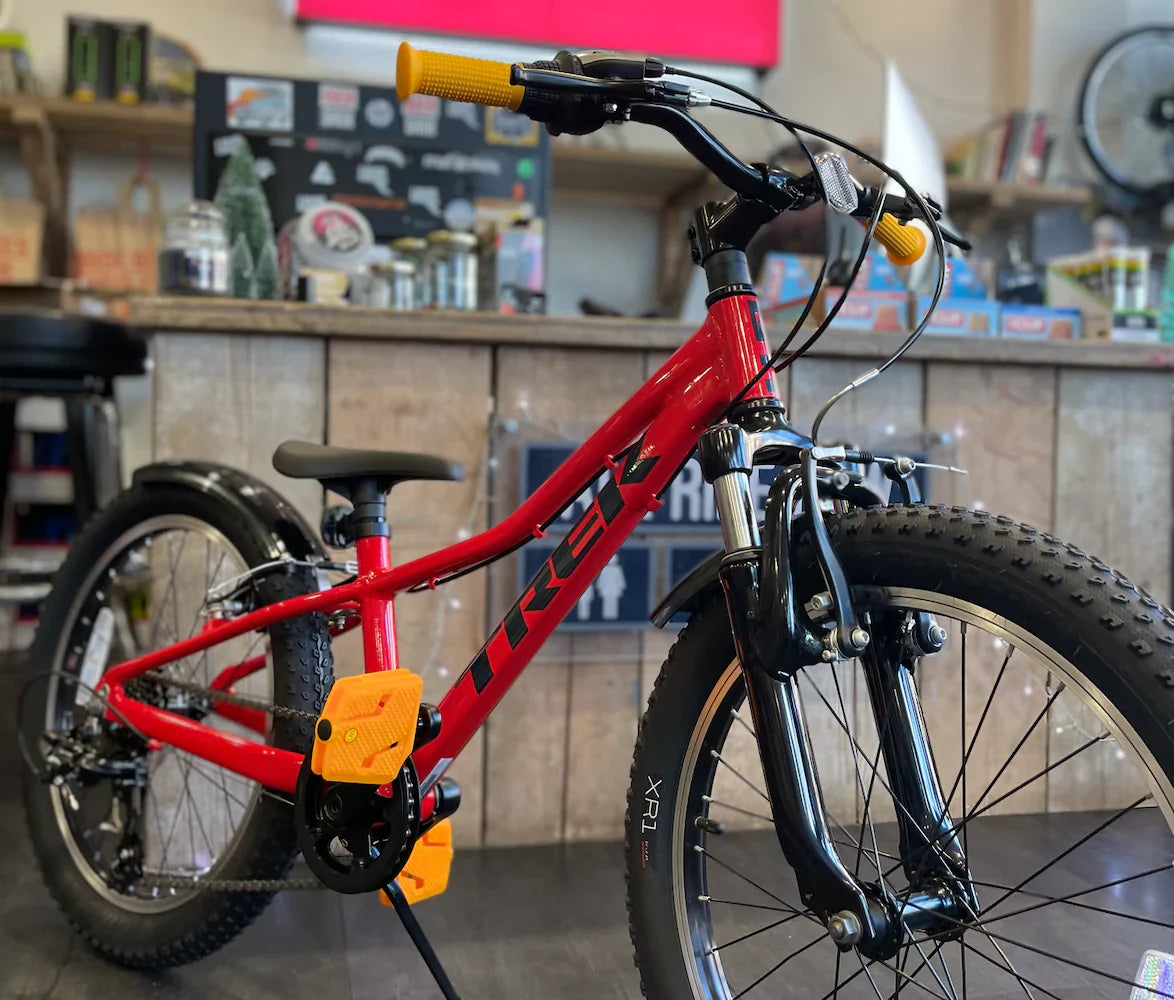

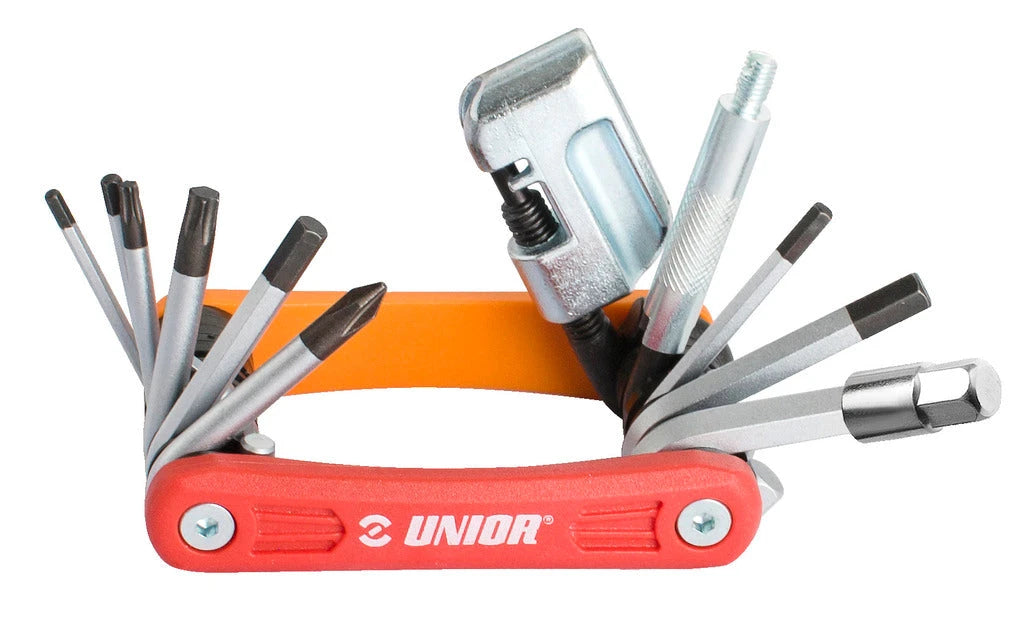
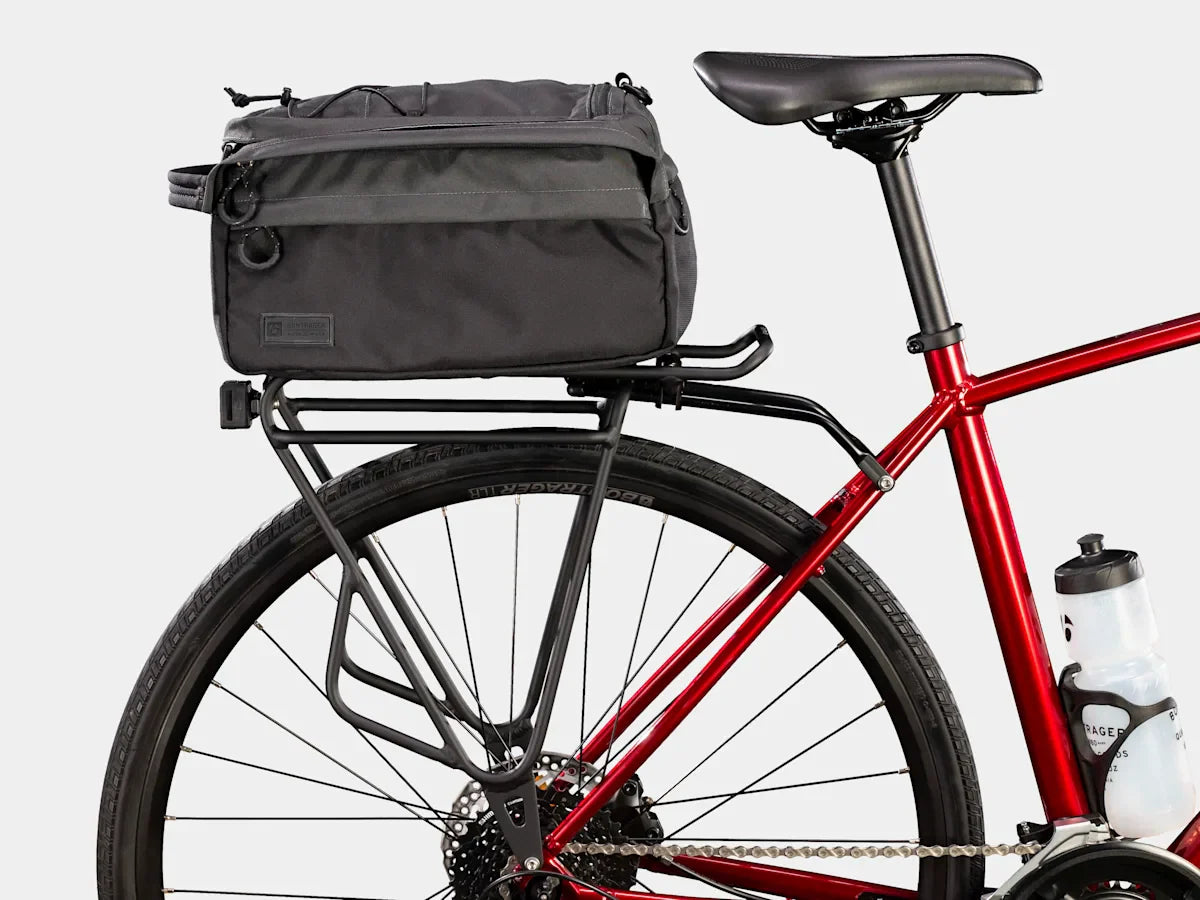
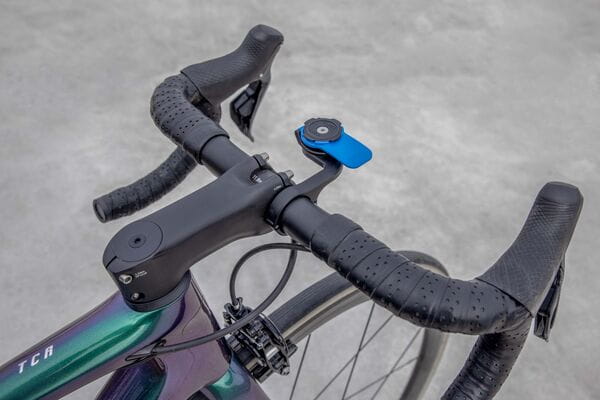
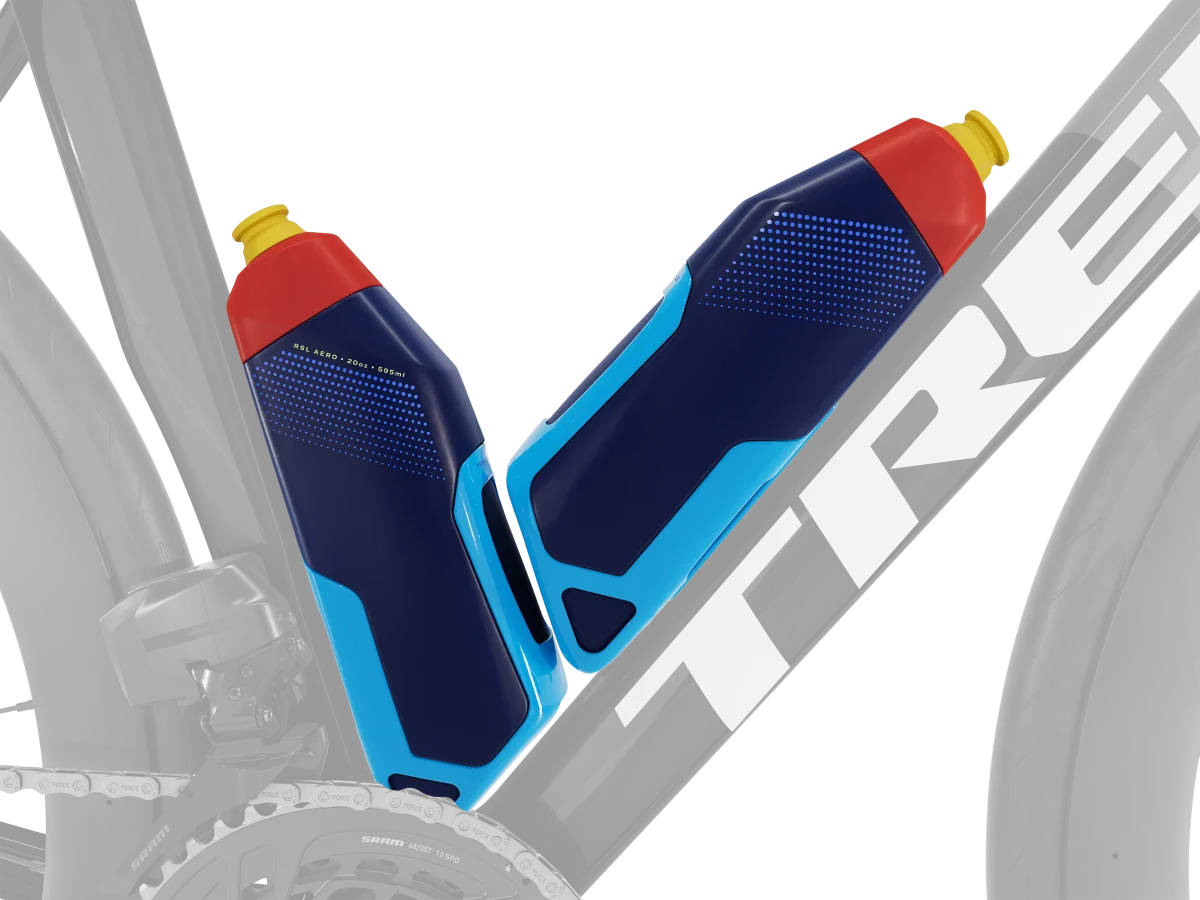
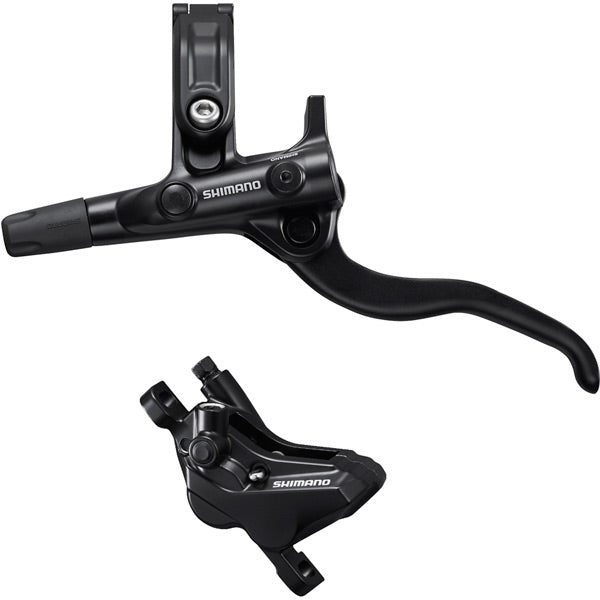
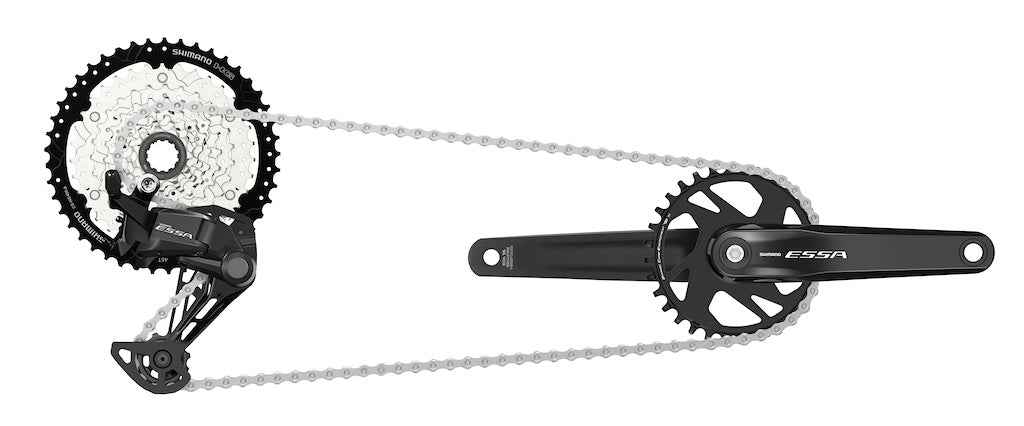
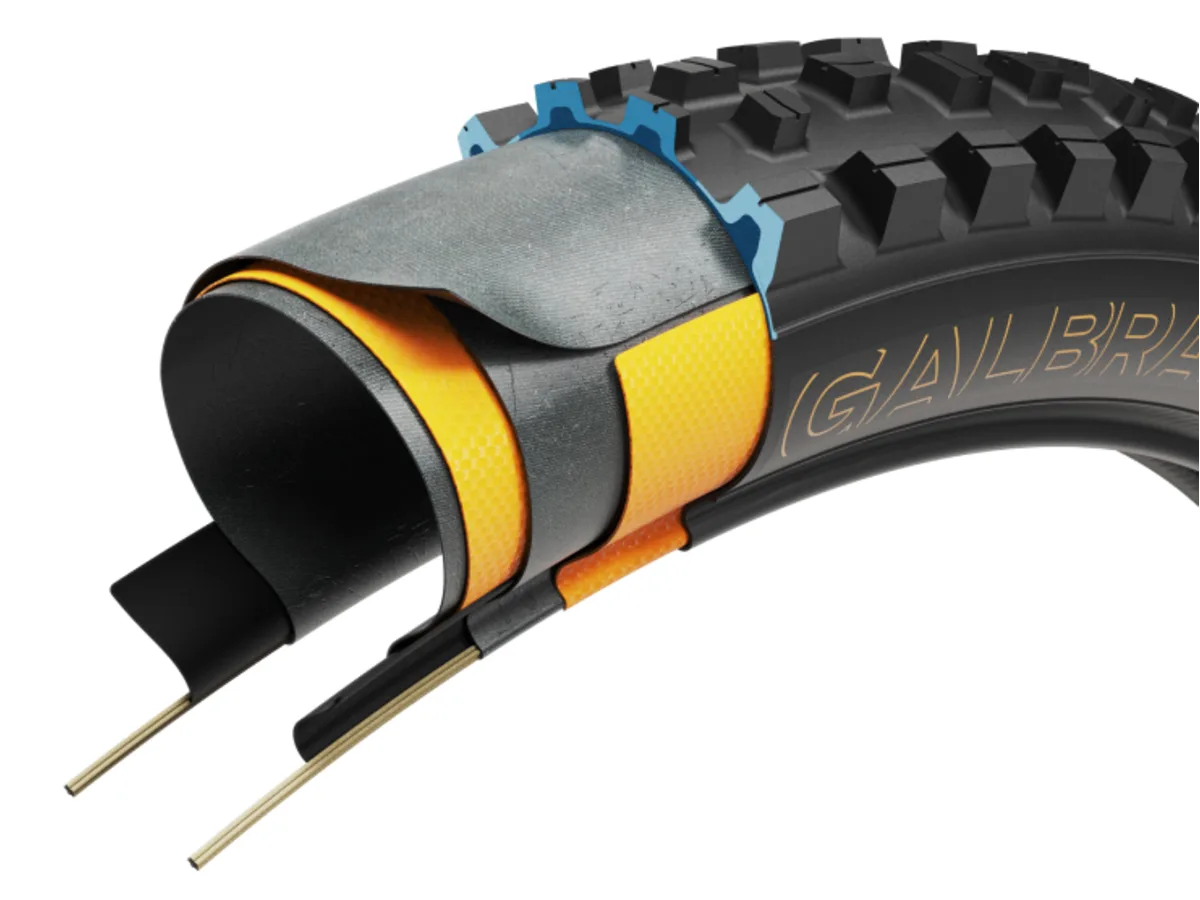
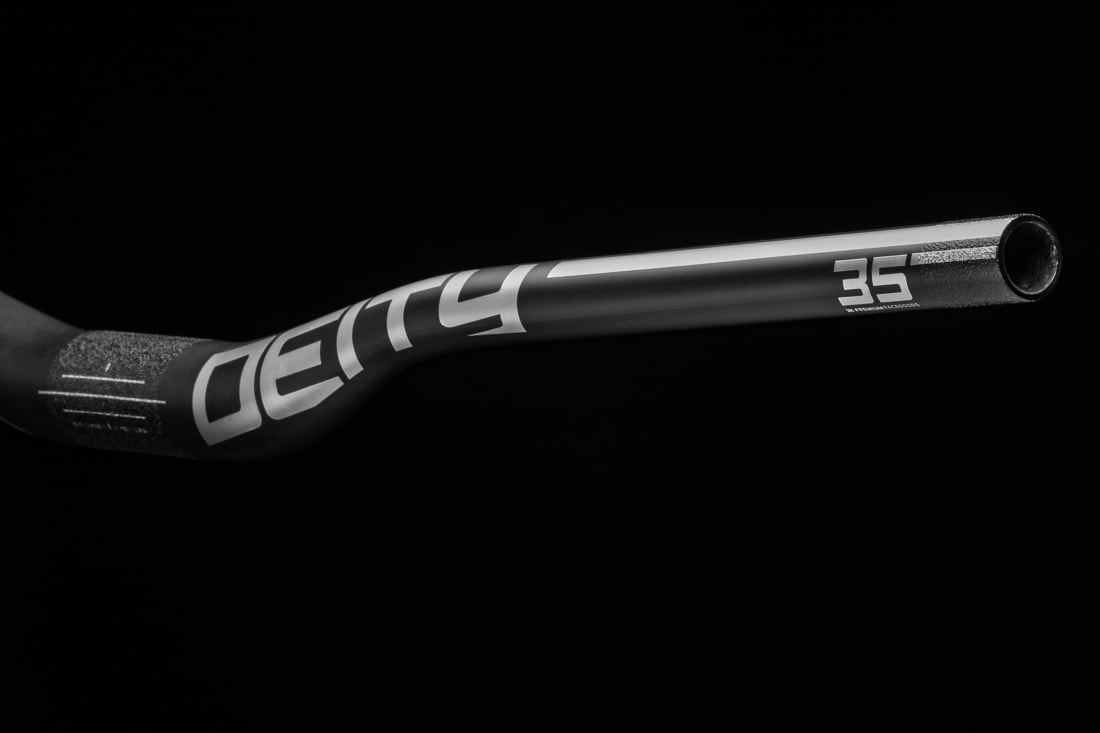
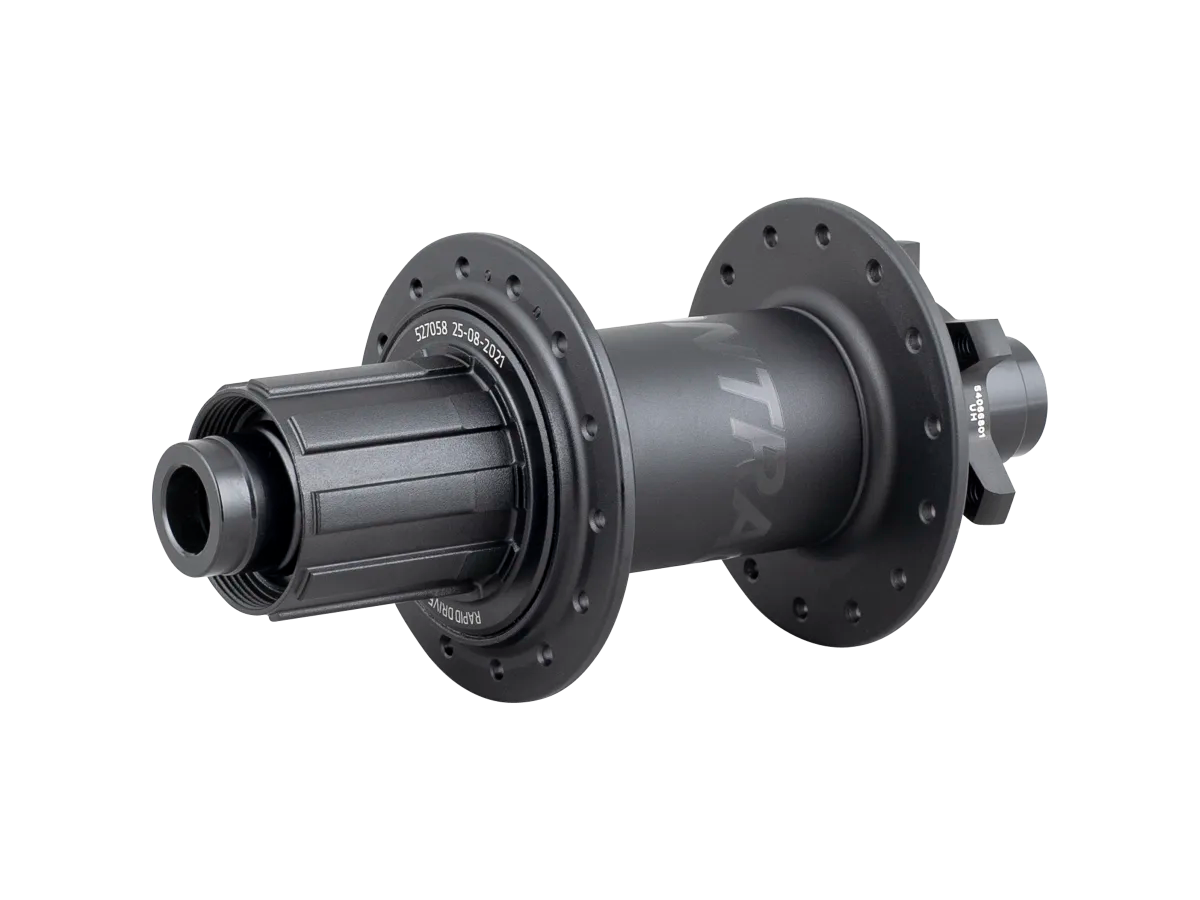



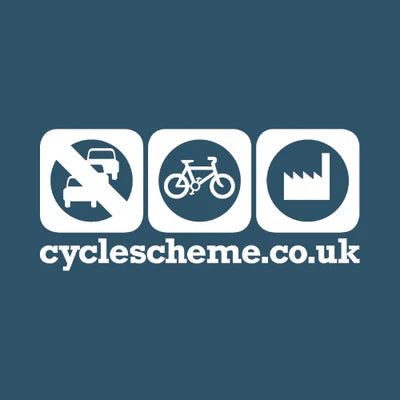
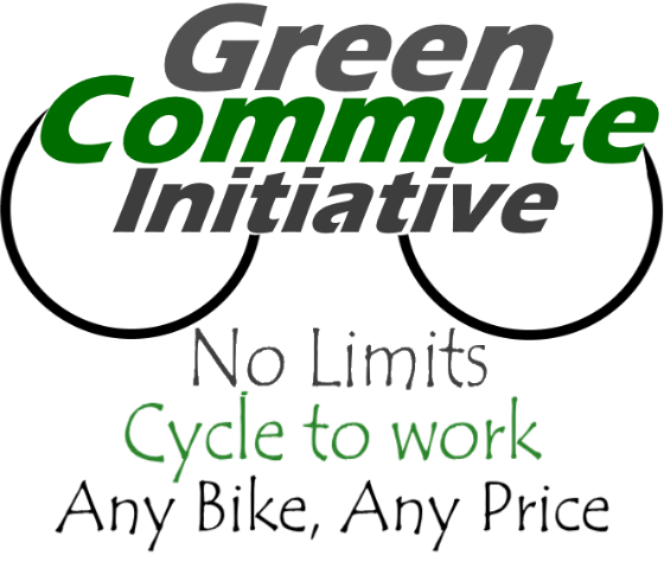
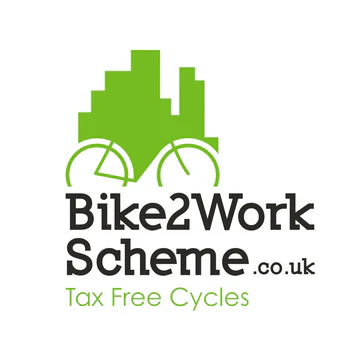
Leave a comment